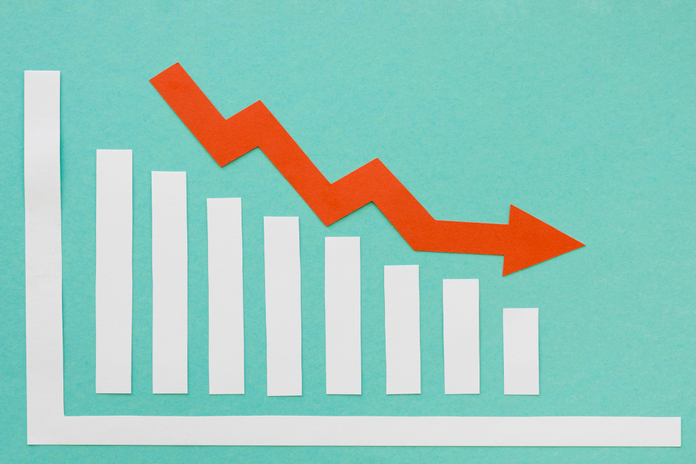Private Sector Job Growth Hits Two-Year Low as Labor Market Cools
The private sector experienced its slowest job growth since January 2021, according to new data from ADP’s National Employment Report released on Thursday. The report revealed that only 99,000 jobs were added in August, falling short of economists’ expectations of 145,000 and lower than the 122,000 jobs added in July. This downturn in private sector job growth marks the fifth consecutive month of declining payroll additions, indicating a potential cooling of the labor market.
ADP Report Shows Clear Signs of a Cooling Labor Market
ADP’s chief economist, Nela Richardson, noted that the data reflects a labor market that is “undoubtedly cooling.” However, Richardson emphasized that despite the slowdown in private sector job growth, other factors suggest that the labor market may not be as weak as the job figures indicate. For example, job turnover rates—where employees voluntarily leave for another job—remain low. This contrasts with the “Great Resignation” trend that dominated much of the labor market discussion over the past year.
“People are staying in their jobs,” Richardson stated. “They’re not quitting as much, and there’s less need for companies to hire.” This observation aligns with data from the Labor Department, which reported a decrease in weekly unemployment claims. For the week ending August 31, 227,000 claims were filed, down from 232,000 the previous week and below the 11-month high seen in late July.
Fed Watching Labor Market Closely as Inflation Eases
The Federal Reserve, which has been closely monitoring private sector job growth and overall labor market conditions, is also weighing these developments in its policy decisions. Slower job growth has come into focus as a key indicator of how quickly the Fed can reduce interest rates while keeping inflation under control.
In a late August speech, Federal Reserve Chair Jerome Powell acknowledged the “unmistakable” cooling in the labor market but cautioned against seeking further declines. Powell emphasized that the Fed does not view a continued slowdown as desirable and that full employment remains a central part of its mandate.
“It seems unlikely that the labor market will be a source of elevated inflationary pressures anytime soon,” Powell said, adding that downside risks to full employment have increased.
Job Openings Decline, More Signs of Labor Market Weakness
Further evidence of the labor market’s slowdown came from the Bureau of Labor Statistics’ Job Openings and Labor Turnover Survey, which showed job openings dropped to 7.67 million by the end of July, down from 7.91 million in June. This is the lowest number of job openings since January 2021. The report also revealed that the ratio of unemployed workers to job openings fell to 1.07 in July, nearing pre-pandemic levels.
Neil Dutta, head of economic research at Renaissance Macro, commented on social media platform X, stating that the declining ratio was “another sign that labor demand has cooled.” Dutta added that the labor market might now be weaker than it was just before the pandemic, reigniting debates over how aggressively the Fed should respond with interest rate cuts.
Implications for Interest Rates
The slowdown in private sector job growth and other labor market data have raised speculation about the Federal Reserve’s next steps regarding interest rates. As of Thursday morning, markets were pricing in a 45% chance that the Fed would cut rates by 50 basis points at its next meeting, an increase from a 34% chance the previous week, according to the CME FedWatch Tool.
Nevertheless, Nela Richardson predicted that the Fed would likely proceed cautiously, opting for a 25-basis-point cut rather than a more aggressive 50-point reduction. “I don’t think there’s anything in the ADP numbers or what we’ll hear from the Bureau of Labor Statistics that will change the Fed’s inclination to be data-dependent and moderate in its policy,” Richardson said.
The Bureau of Labor Statistics is set to release its official August jobs report, which economists surveyed by Bloomberg expect to show the U.S. economy added 165,000 jobs. This would mark an increase from July’s numbers, but with the unemployment rate projected to decrease to 4.2%, the overall trajectory of private sector job growth remains uncertain.
Featured Image: Freepik





